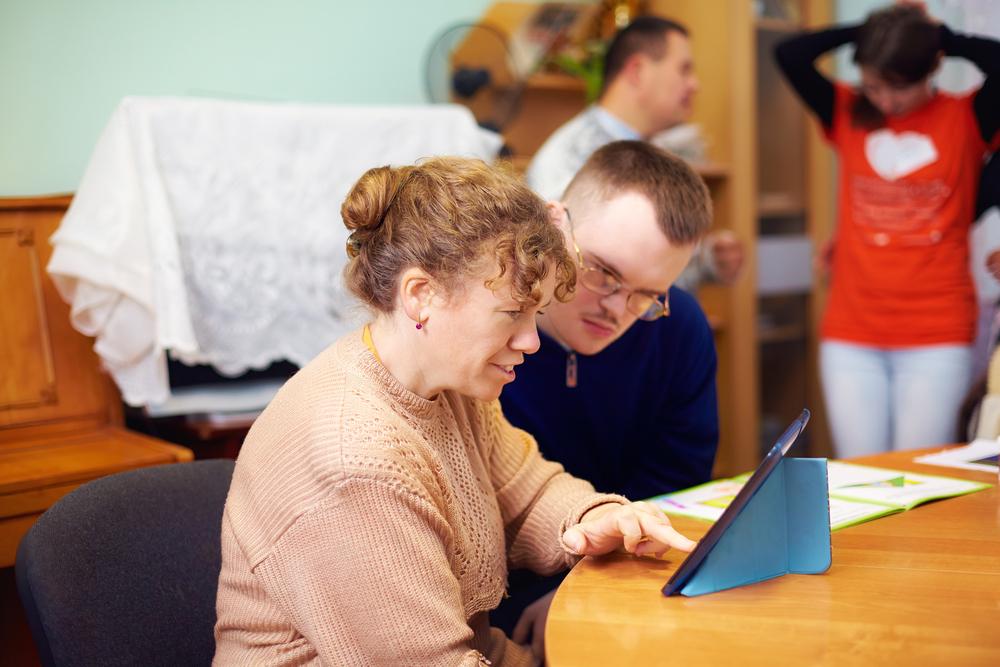
Women with disabilities face a double disadvantage because of their gender and their disability. They are confronted with more obstacles than women without disabilities and face more challenges than their male peers. They are less likely to have a university degree, work outside the home and they experience a higher risk of poverty. Due to gender stereotypes, the bulk of caring responsibilities and housework often falls on their shoulders. These are some of the findings from EIGE’s Gender Equality Index that analyses gender equality among and between different groups of people.
“To build a more inclusive Europe, gender equality needs to reach everyone. Barriers to education, employment and health services for persons with disabilities must be removed,” said Virginija Langbakk, EIGE’s director in the lead up to the international day of persons with disabilities.
Accessing education is more difficult for persons with disabilities. Only 13 % of women with disabilities have a tertiary degree, compared to 29 % of women without disabilities. Men with disabilities (17 %) are also less likely to have graduated from tertiary education than men without disabilities (27 %). Another matter of concern is the school dropout rate of youth with disabilities (22.5 %), which is double the rate of students without disabilities (11 %). Dropping out of school early indicates potential difficulties in accessing suitable educational programmes and a need to adjust teaching methods.
In homes across the EU, women do the bulk of the cooking, household tasks and care work. This situation is mirrored among persons with disabilities. Eight in ten women with disabilities (79 %) are cooking and cleaning every day, compared to four in ten men with disabilities (41 %). Almost a third of women with disabilities (29 %) and a fifth of men with disabilities (20 %) care daily for someone, whether it be children, older people or adults with disabilities. This is despite the fact that persons with disabilities also need care themselves. These factors make it harder for women to engage in paid work outside the home.
Low participation in the workforce is a reality for both women and men with disabilities but women face a double disadvantage. Their rate of full-time employment* (19 %) is less than half that of women without disabilities (47 %) and also lower than that of men with disabilities (28 %). This increases their risk of poverty, which is 21 % compared to 16 % for women without disabilities.
European policies need to be based on the different needs of citizens and incorporate a cross-cutting perspective. Integrating a gender perspective into disability strategies would help ensure that the different challenges faced by women and men with disabilities are recognised and taken into account.
Background information
EIGE’s Gender Equality Index is a tool to measure gender equality in the EU and monitor its progress over time. It also looks at how different factors influence a person’s opportunities in life, such as their age, ethnicity, disability and more. The Index measures gender equality in six core domains (work, money, knowledge, time, power and health). All domains include an intersectional analysis. Violence is measured in a separate satellite domain.
To find out more, read our factsheet
Explore the full results of the Gender Equality Index on our website
Watch our video on intersecting inequalities
For more information, please contact Veronica Collins, +370 5215 7449, veronica.collins@eige.europa.eu
* This refers to the full-time employment rate which is obtained by comparing a worker’s average number of hours worked to a full-time worker’s average number of hours worked, taking into account the higher incidence of part-time employment among women.
Copryight notice: OlesiaBilkei/Shutterstock.com